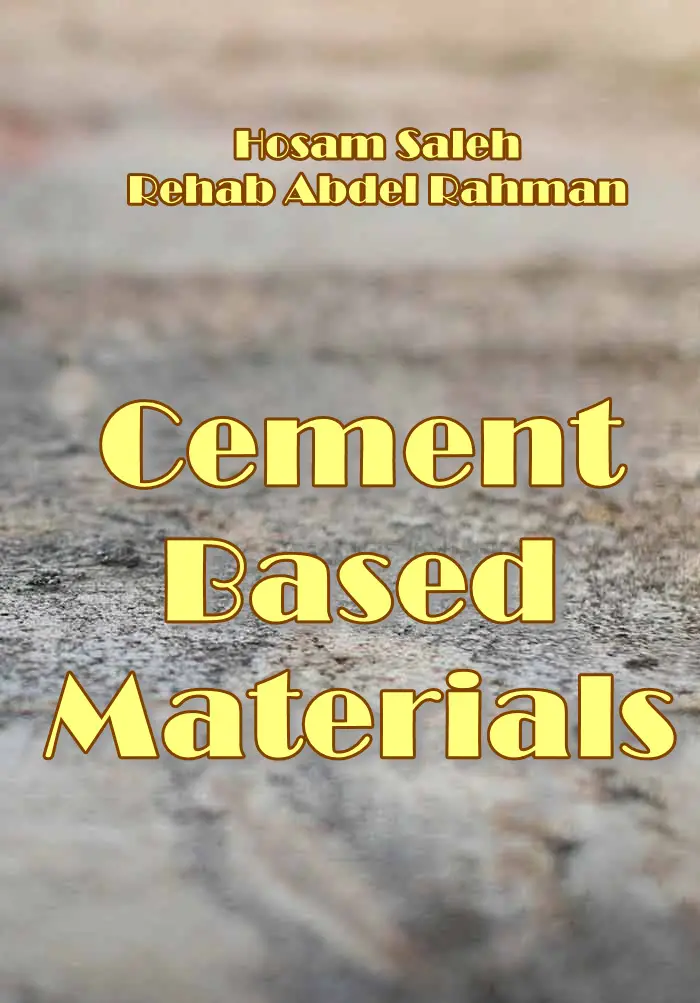"Cement Based Materials" ed. by Hosam Saleh, Rehab Abdel Rahman
ITexLi | 2018 | ISBN: 1789841542 9781789841541 1789841534 9781789841534 1838815147 9781838815141 | 257 pages | PDF | 23 MB
ITexLi | 2018 | ISBN: 1789841542 9781789841541 1789841534 9781789841534 1838815147 9781838815141 | 257 pages | PDF | 23 MB
This book intends to provide a comprehensive overview on recent advances in the evaluation of cement-based materials materials.
Cement-based materials have been used by humans nearly since the dawn of civilization. The Egyptians used lime and gypsum cement to bind their aggregate materials, mud and straw, resulting in bricks that are used for building their famous Egyptian pyramids (between 3000 and 2500 BC). Hydrated cement is a cement material bonded together with water and used for building construction; it is characterized by acceptable chemical, physical, thermal, mechanical, and structural stability. It plays a main role in the creation of vessels for storage, roads to travel on, weather-resistant structure for protection, inert hard stabilizer for hazardous wastes, and so on. Due to the composition of these materials and their advantages, it has been practiced in different applications. Cement is an essential component of making concrete, the single most prevalent building material used worldwide for construction, skyscrapers, highways, tunnels, bridges, hydraulic dams, and railway ties. Besides their numerous desired properties, there are some undesirable features. To overcome these disadvantages, several studies were established to prepare, improve, and evaluate innovative cement-based materials. Despite its oldness and deep research, every year several methods and materials evolve and so do cement technology.
Contents
1. Properties and Applications of Cement-Based Materials
2. Nonlinear Calculations of the Strength of Cross-sections of Bending Reinforced Concrete Elements and Their Practical Realization
3. Fibre Reinforced Cement Composites
4. Cement Microstructure: Fostering Photocatalysis
5. Water Sorption of Hardened Cement Pastes
6. Morphogenesis of Cement Hydrate: From Natural C-S-H to Synthetic C-S-H
7. Heat Integration in a Cement Production
8. Utilization of By‐Product Materials in Ultra High‐Performance Fiber Reinforced Cementitious Composites
9. Tire-Derived Aggregate Cementitious Materials: A Review of Mechanical Properties
10. Alternative Stabilizer for Mud Concrete
11. Sorel Cements from Tunisian Natural Brines
12. Calcium Phosphate Bone Cements
13. Cements for High-Temperature Geothermal Wells
14. Clay-Based Materials in Geopolymer Technology
1st true PDF with TOC BookMarkLinks
More : You find here



